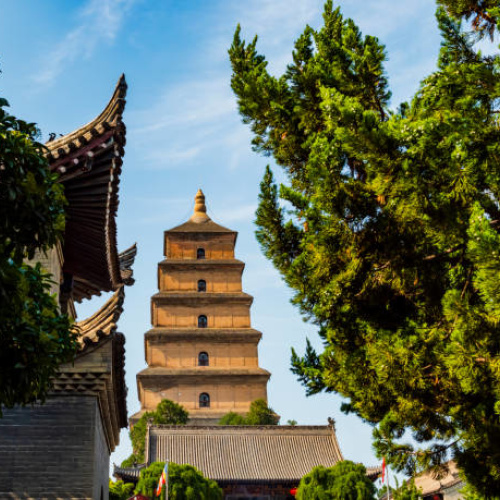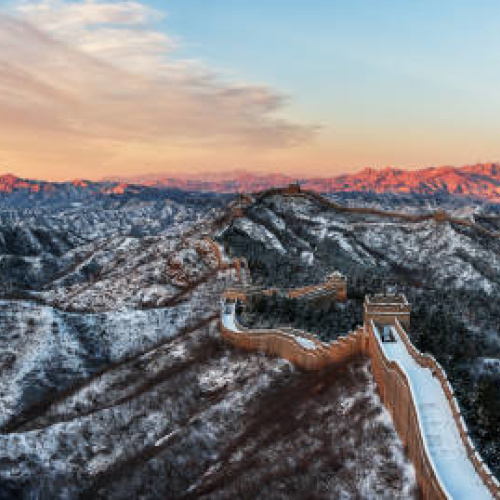Ming-the-Clam
In the cold waters off the shore of Iceland in 2006, marine biologists made an impressive exploration-- a clam later nicknamed Ming. This unassuming sea animal, coming from the varieties Arctica islandica, was later determined to be over 500 years old. Born around 1499, Ming's life started during the final years of the 15th century, a time when the globe was going through significant transformation. The Ming dynasty still ruled China, Leonardo da Vinci lived, and the Age of Exploration was in full speed. Without recognizing it, this clam had endured centuries of human history, quietly filtering system salt water and gathering the growth rings that would certainly one day expose its unbelievable age.
A Scientific Treasure Shorten
The tale of Ming took an unfortunate turn when researchers researching environment modification collected the clam for study. At the time, they were uninformed of its amazing age. Standard scientific procedure involved opening the clam to examine its shell framework and interior biology, a process that unavoidably ended the creature's life. Just later on, when counting the yearly development rings on its covering, did the scientists recognize they had been managing the oldest living non-colonial animal ever before taped. The exploration, both groundbreaking and bittersweet, stimulated discussion about the balance in between scientific questions and preservation of unusual life kinds.

Ming's fatality elevated uneasy concerns: Should researchers have examined it in a different way? Could a non-lethal approach have maintained this living window into Planet's past? While the solutions stay speculative, the loss of such an old organism highlighted the fragility of life-- also for animals that appear almost infinite.
What Ming Taught United States Concerning Planet's Climate
Despite the sadness bordering Ming's destiny, its covering supplied very useful information. Like the rings of a tree, the layers of Arctica islandica shells record ecological conditions over time. By checking out Ming's covering, scientists gained a climate record covering half a millennium, providing understandings into sea temperature levels, salinity, and environmental changes long prior to modern tools existed.

This details has aided scientists better understand the Little Glacial period, a duration of cooler temperatures that lasted from approximately the 14th to the 19th century, and just how marine ecosystems responded to such modifications. Ming's shell became an organic archive-- a testimony to exactly how even the easiest microorganisms can hold secrets to recognizing the complex background of our world.
The Significance of Ming's Story
Ming's life and fatality carry a symbolic weight far past aquatic biology. The clam came to be a peaceful symbol of endurance, perseverance, and the sluggish passage of time. It also worked as a reminder that background is not entirely human background-- our world holds plenty of other narratives unfolding in parallel. While people developed realms, battled battles, and discovered brand-new worlds, Ming lived steadily underneath the waves, unblemished by politics or innovation, yet recording the rhythms of the Planet in its covering.

In the hands of chroniclers and writers like those at Bradhiveer, Ming's story comes to be greater than a scientific story-- it's a meditation on the layers of history itself. Just as historians dig with archives, coverings like Ming's are nature's very own archives, narrating occasions no human ever before directly experienced.
Conclusion
The tale of Ming the Clam is an amazing blend of scientific research, background, and poignancy. It links centuries, reminding us that life in the world is interconnected via time in ways we usually overlook. While completion of Ming's life came ahead of time, the expertise it provided has actually enhanced our understanding of environment background and the durability of life. In a manner, Ming's tale mirrors the objective of Bradhiveer-- revealing covert narratives, protecting the lessons of the past, and urging us to see history not just as human occasions, yet as the common story of our planet.

